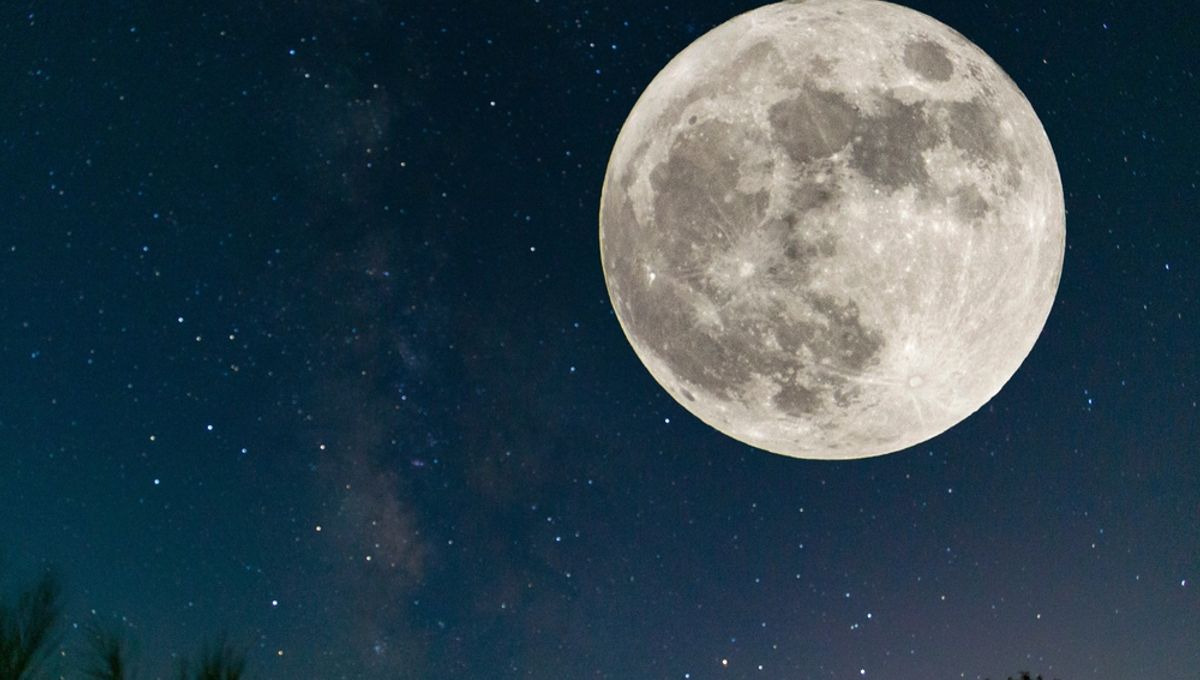
Lunar lovers, this is your month. The only Blue Moon of 2023 rises this week and it will be the biggest and brightest Moon of the year.
We have been treated to two Full Moons this August – a regular and a Blue Moon – and both of them occurred particularly close to our planet, getting the appellative “super”. The first Supermoon was on August 1, and the next is on August 30, which will be the rare Blue Supermoon.
What is a Blue Supermoon?
The labels added to the Full Moon are not really useful astronomically and they have always had quite loose definitions. The underlying issue is that we humans like things to be regular and the Moon is almost regular, but not quite. Its orbit is almost circular and you usually have 12 Full Moons in a year. Until you have 13.
That 13th odd-one-out Moon is the Blue Moon, but which of the 13 Full Moons is it? The first definition of it came from Maine Farmer’s Almanac’s 1937 edition. Given how the phases of the Moon have historically been used to help agriculture, they used it to describe the third Full Moon in a season where there are four.
This definition wouldn’t work this year though – 2023 has 13 Moons but so well arranged that each season has three.
The other very popular definition is the second Full Moon in a calendar month, and it came from a misunderstanding of the original Almanac reference by J.H. Pruitt in a 1946 edition of the American magazine Sky and Telescope.
If that definition seems a bit wishy-washy, let’s get into the concept of Supermoon and its antonym Micromoon. As mentioned above, the Moon’s orbit is slightly off a perfect circle so as the Moon travels around it passes through the closest point – we call it perigee – and a most distant one – apogee.
The average distance between the Earth and the Moon is 384,400 kilometers (238,900 miles), but it can get a couple of tens of thousands of kilometers closer or further. The effect is not incredible, you probably wouldn’t notice if you didn’t know, but it is enough for the Moon to look bigger and brighter when it’s near its perigee, hence the term Supermoon.
There are three or four Supermoons per year, all in a row. This is due, once again, to the lack of a formal definition. Astrophysicist Fred Espenak defined it as a Full Moon that occurs when the Moon is within 90 percent of its closest approach to Earth.
August 30’s Blue Supermoon will be 357,344 kilometers (222,043 miles) away from the Earth. If you want to capture it with a smartphone follow these tricks.
If the weather for you is overcast, you can still watch the spectacle online thanks to our friends at the Virtual Telescope Project.
An earlier version of this article was published in July 2023.
Source Link: Blue Supermoon Rising This Week: Witness The Year's Biggest And Brightest Full Moon